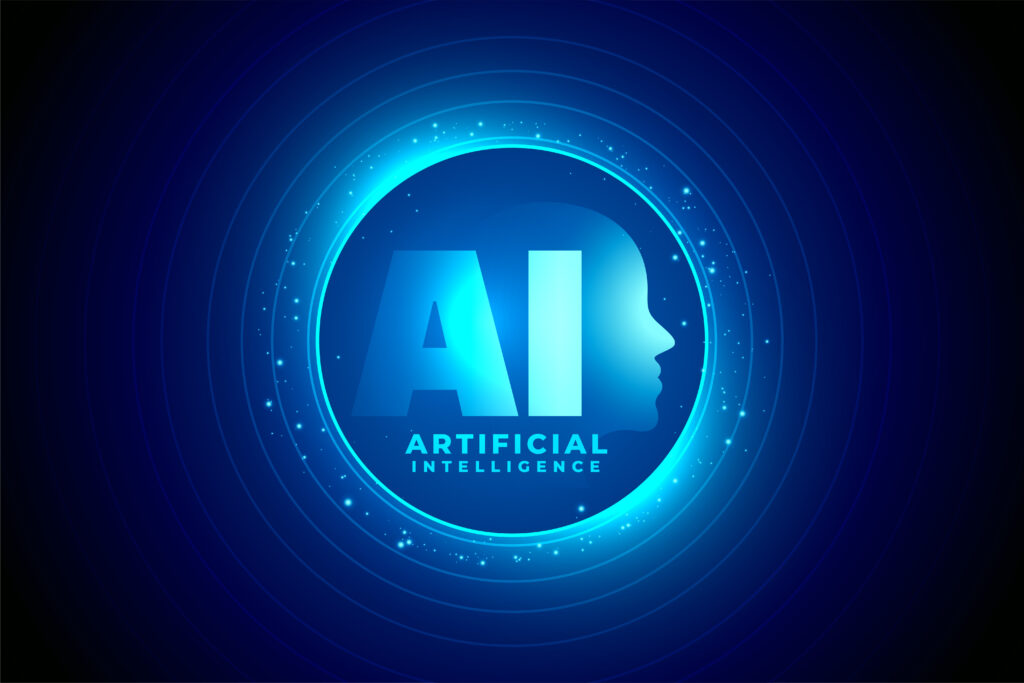Introduction
In recent years, Large Language Models (LLMs) and Generative Artificial Intelligence (AI) have garnered significant attention for their ability to generate human-like text, revolutionizing various industries and applications. In this blog post, we’ll delve into the world of LLMs and Generative AI, exploring what they are, how they work, and the impact they’re having on society.

1. Understanding Large Language Models (LLMs)
Large Language Models are advanced AI systems trained on vast amounts of text data to understand and generate human-like language. These models leverage deep learning algorithms, particularly variants of the transformer architecture, to process and generate text based on the input provided to them.
2. How LLMs Work
It’s processing input text sequences and predicting the next word or sequence of words based on the context provided. They employ sophisticated neural network architectures, such as GPT (Generative Pre-trained Transformer) models, which consist of multiple layers of self-attention mechanisms and feedforward neural networks.
3. Applications of LLMs
Wide range of applications across various domains, including natural language processing, content generation, sentiment analysis, and more. They are used in chatbots, virtual assistants, recommendation systems, and content-generation tools, among other applications.
4. Understanding Generative AI
Generative AI refers to AI systems capable of generating new content, such as text, images, music, and videos. Generative AI models, including LLMs, are trained on large datasets to learn the underlying patterns and structures of the data, enabling them to generate novel outputs.
5. How Generative AI Works
Like LLMs, work by learning the statistical patterns and dependencies present in the training data and using this knowledge to generate new content. They employ probabilistic models, such as autoregressive models or generative adversarial networks (GANs), to generate realistic and coherent outputs.
6. Impact of LLMs and Generative AI
LLMs and GenerativeAI have the potential to revolutionize various industries and applications, including content creation, conversational agents, design, and more. However, they also raise ethical concerns related to misinformation, bias, privacy, and intellectual property rights.
Conclusion:
In conclusion, Large Language Models (LLMs) and Generative represent a significant advancement in artificial intelligence, enabling machines to understand and generate human-like text and content. While these technologies offer immense potential for innovation and creativity, they also pose ethical challenges that must be addressed to ensure responsible and ethical use. As LLMs and Generative AI continue to evolve, it’s essential to remain vigilant and mindful of their implications for society.



